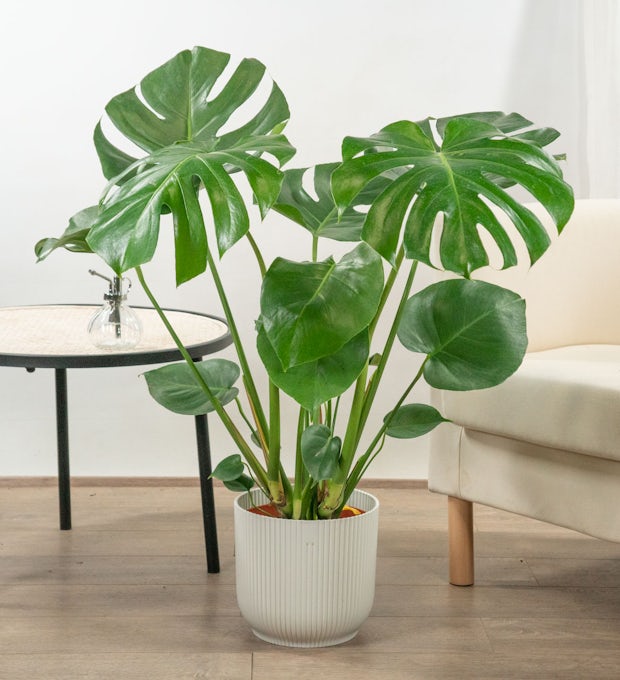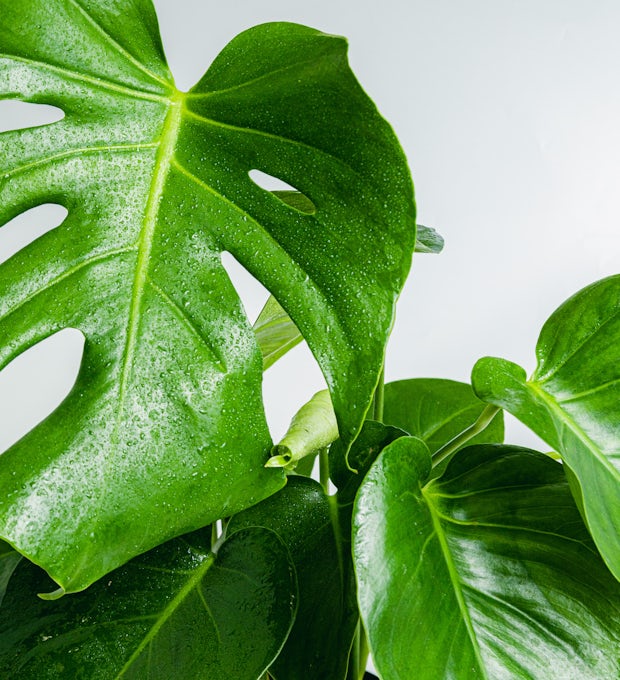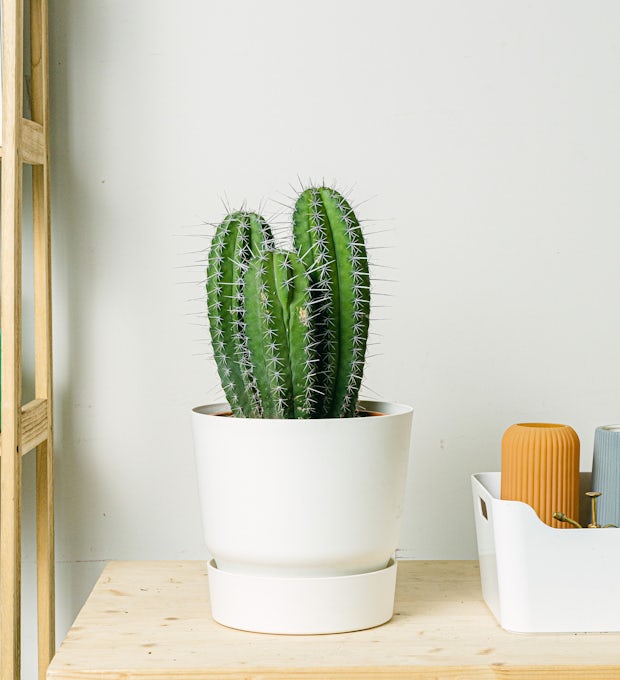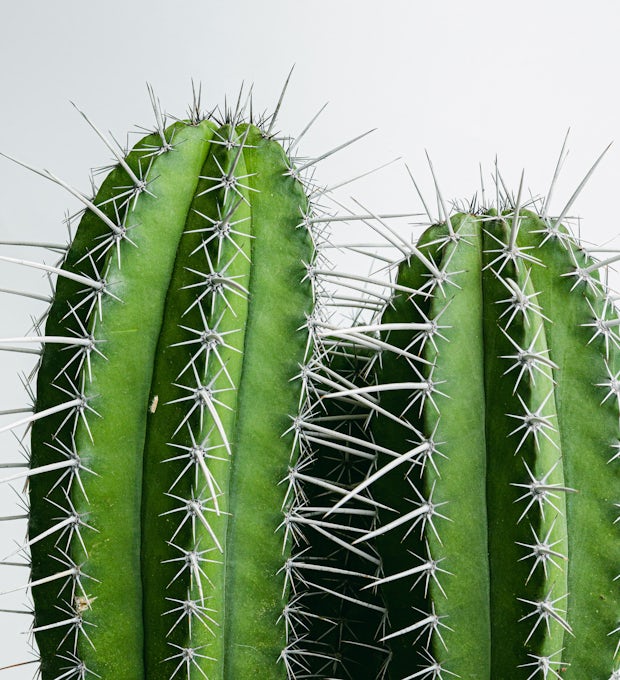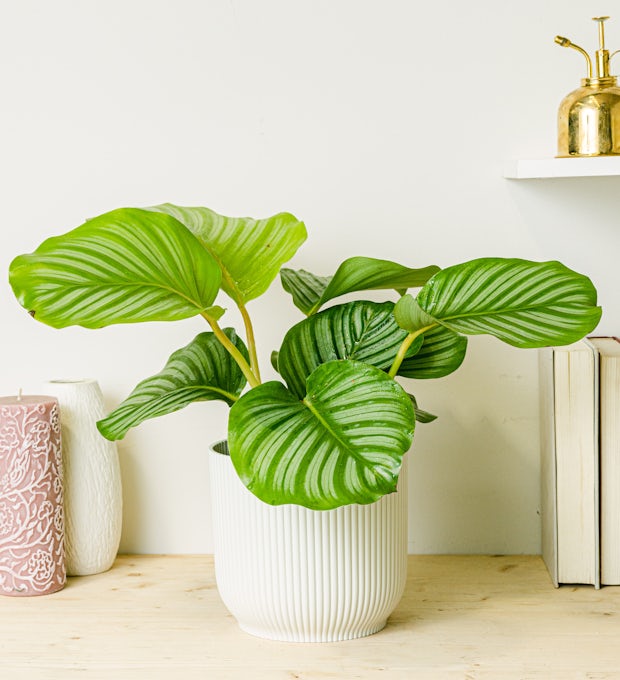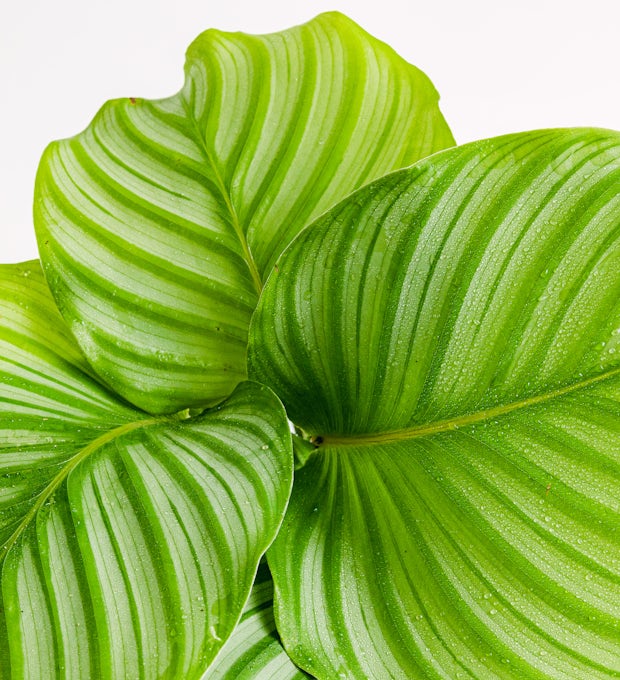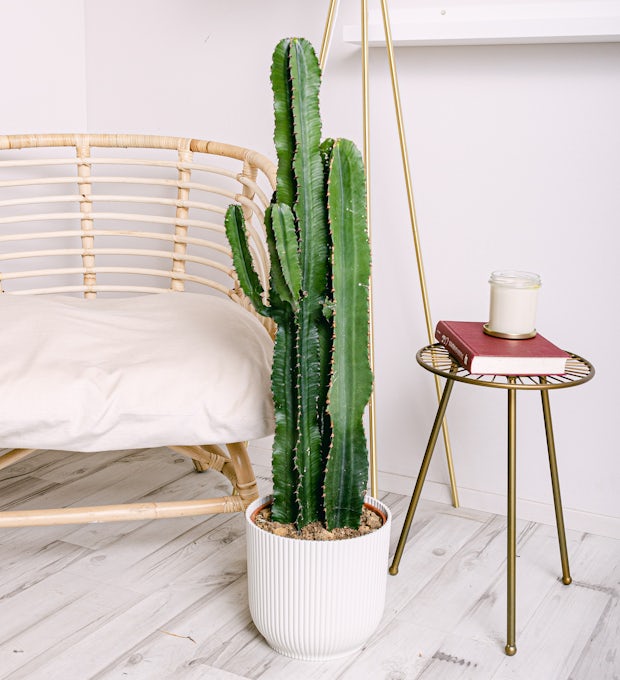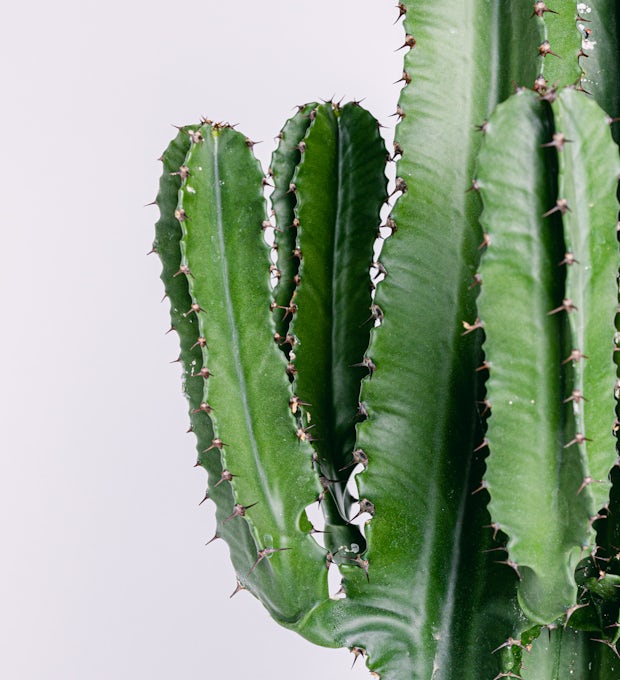Would you like to fill your home or office with life and freshness? Look no further! In this article, we present you with practical tips from experts for caring for your plants at home or in the office. You'll discover the benefits of having plants around you, how to choose the right ones for each space, and how to keep them happy and healthy. In addition, you will learn about the importance of irrigation, light, ventilation, and air circulation. We'll also give you tips for transplanting and regular maintenance, as well as solutions for common plant problems. Get ready to become an expert gardener in no time!
Benefits of having plants in your home or office
Having plants in your home or office can bring a number of surprising benefits. In addition to adding a splash of color and beauty to your spaces, plants can also improve your emotional and physical well-being. The presence of plants indoors can help reduce stress and anxiety, creating a more relaxing and peaceful environment. In addition, plants can also purify the air, removing toxins and increasing oxygen levels. This can be especially beneficial in enclosed spaces with poor ventilation. By having plants nearby, you can experience a sense of connection to nature, which can boost your mood and increase your productivity. It doesn't matter if you have a small apartment or a large office, there's always room for a few plants. Even if you don't have a green thumb, there are plenty of easy-to-care plant varieties that can survive even in the toughest conditions. So don't hesitate to add some plants to your environment, you will see how they transform the environment and make you feel happier and healthier!
Choosing the right plants for each space
When choosing the right plants for each space, it's important to consider a number of factors. First, you need to consider the size of the place where you are going to place the plants. If you have a small space, opt for small plants or even hanging plants, which will make better use of vertical space. On the other hand, if you have ample space, you can afford larger, bushier plants.
Another factor to consider is the amount of natural light the place receives. Some plants require a lot of direct sunlight, while others are better suited to shade. Take a good look at how much light reaches the place where you want to place the plants and choose those that are best suited to those conditions.
You should also consider the humidity level of the environment. Some plants prefer more humid environments, while others are better suited to drier locations. If you live in a place with a dry climate, you can opt for succulent plants that require less watering and retain water in their leaves.
Finally, consider your own skills and availability to care for plants. If you don't have a lot of time to devote to them, it's best to opt for low-maintenance plants that require little care.
Remember that choosing the right plants for each space will not only help you create a pleasant environment, but also ensure their optimal health and growth.
We ship plants to all locations, you can see more options here.
The Importance of Watering and Hydrating Plants
Plants are just like us, they need water to survive and stay healthy. proper watering is essential to ensure that our plants are well hydrated and can perform all their vital functions. However, overwatering them can be just as detrimental as not watering them enough. It's important to find the right balance and learn to read the signs that tell us when our plants need water. Some plants may show obvious signs of dryness, such as wilted or yellowing leaves, while others may exhibit more subtle symptoms, such as slow growth or flowers that fall off prematurely. To avoid watering problems, it is advisable to know the specific needs of each plant and adapt the frequency and amount of water according to their individual requirements. In addition, it is important to remember that the type of substrate and the pot in which they are located also influence water retention and drainage. Therefore, it is essential to choose the right substrate and provide good air circulation around the roots to avoid waterlogging problems. In short, watering and properly hydrating our plants is essential for their well-being. With a little attention and observation, we can ensure that our plants receive just the right amount of water they need to grow and thrive.
We ship plants to all locations, you can see more options here.
How to Provide the right amount of light to Your Plants
We know that plants need light to survive, but did you know that they also need the right amount of light? It's important to provide them with the right amount of light so they can grow and thrive. If your plants are getting too much light, they can burn and wilt. On the other hand, if they don't get enough light, they can become weak and slow growing. How can we make sure we provide them with the right amount of light? First, we need to know the individual needs of each plant. Some plants prefer direct sunlight, while others do best in shadier locations. Observe how your plants react to the light they receive and adjust them as needed. Also, remember to rotate your plants periodically so that all parts receive an equal amount of light. If you have plants indoors, you can place them near a sunny window or use artificial plant lights. Remember that every plant is unique and deserves to receive the right amount of light to bloom!
The Crucial Role of Ventilation and Air Circulation
Ventilation and air circulation play a crucial role in caring for your plants at home or in the office. Did you know that plants need to breathe, too? Just like us, they need a constant flow of fresh air to stay healthy and happy. Air circulation helps prevent the accumulation of moisture on the leaves, which can lead to the development of diseases or the appearance of fungus. In addition, good ventilation prevents the environment from becoming too humid, which is detrimental to many plant species. If you notice that the leaves on your plants are wilted or yellow, they may be suffering from a lack of ventilation. To fix this, simply open a window or place a fan near them to ensure a constant flow of fresh air. Remember that each plant has different ventilation needs, so be sure to research the specific requirements of each one before placing them in a certain space. So don't underestimate the power of fresh air and proper circulation in caring for your plants. Give them the oxygen they need and enjoy the greenery and vibrancy they bring to your home or office.
Tips for Transplanting and regular maintenance of Your Plants
When it comes to repotting and maintaining your plants, it's important to keep in mind some practical tips to ensure their optimal health and growth. First of all, make sure you choose the right time to transplant your plants. Spring is usually the ideal time, as the temperatures are milder and the plants are in full growth. When doing so, use a pot large enough to allow the roots to expand comfortably. Also make sure to use a suitable substrate, which provides the necessary nutrients for the development of the plant.
Once transplanted, it is essential to maintain a regular regimen of care. This includes watering them properly, avoiding both over- and underwatering. Observe the specific needs of each plant and adjust the watering frequency accordingly. Also, don't forget to fertilize your plants regularly to ensure proper nutrition.
Another important aspect of regular maintenance is pruning and removing dead leaves or branches. This will promote healthy growth and prevent the spread of disease.
In addition, it is advisable to rotate your plants periodically to ensure even exposure to sunlight. This will help prevent the leaves from yellowing or wilting.
Also remember to check your plants regularly for common signs of trouble, such as leaf spots or the presence of insects. If you encounter any problems, look for specific solutions to treat them and keep your plants healthy.
In short, repotting and maintaining your plants requires constant attention and care. By following these practical tips, you can enjoy a green and vibrant environment in both your home and office.
Common Signs of Plant Problems and How to Fix Them
If you are one of those who like to have plants at home or in the office, it is important to be aware of the common signs of problems in them so that you can solve them in time. One of the most obvious signs that something is wrong with our plants is when their leaves start to wilt or turn yellow. This can be indicative of a lack of water or nutrients. In this case, it is important to make sure that you water them properly and provide them with the food they need through natural fertilizers. Another sign of trouble may be the presence of leaf spots or the appearance of insects such as spider mites or aphids. In these cases, it is recommended to use organic products to control pests and avoid the use of chemical pesticides that can harm both plants and the environment. Additionally, it's important to regularly check our plants for any signs of disease, such as mildew or mold, and take quick action to treat them. In short, being aware of the signs that indicate problems in our plants and acting quickly to fix them is essential to keep them healthy and beautiful in our home or office.
So there you have it! Practical tips from experts for caring for your plants at home or in the office. I hope this guide has inspired you to spice up your spaces with plants and enjoy all the benefits they offer. From improving air quality to increasing productivity, having plants around you can make a huge difference in your well-being. So don't hesitate to experiment, learn and explore the world of plants. Remember that every plant is unique and requires special care, so stay curious and keep learning. What will be your next step in caring for your plants?
